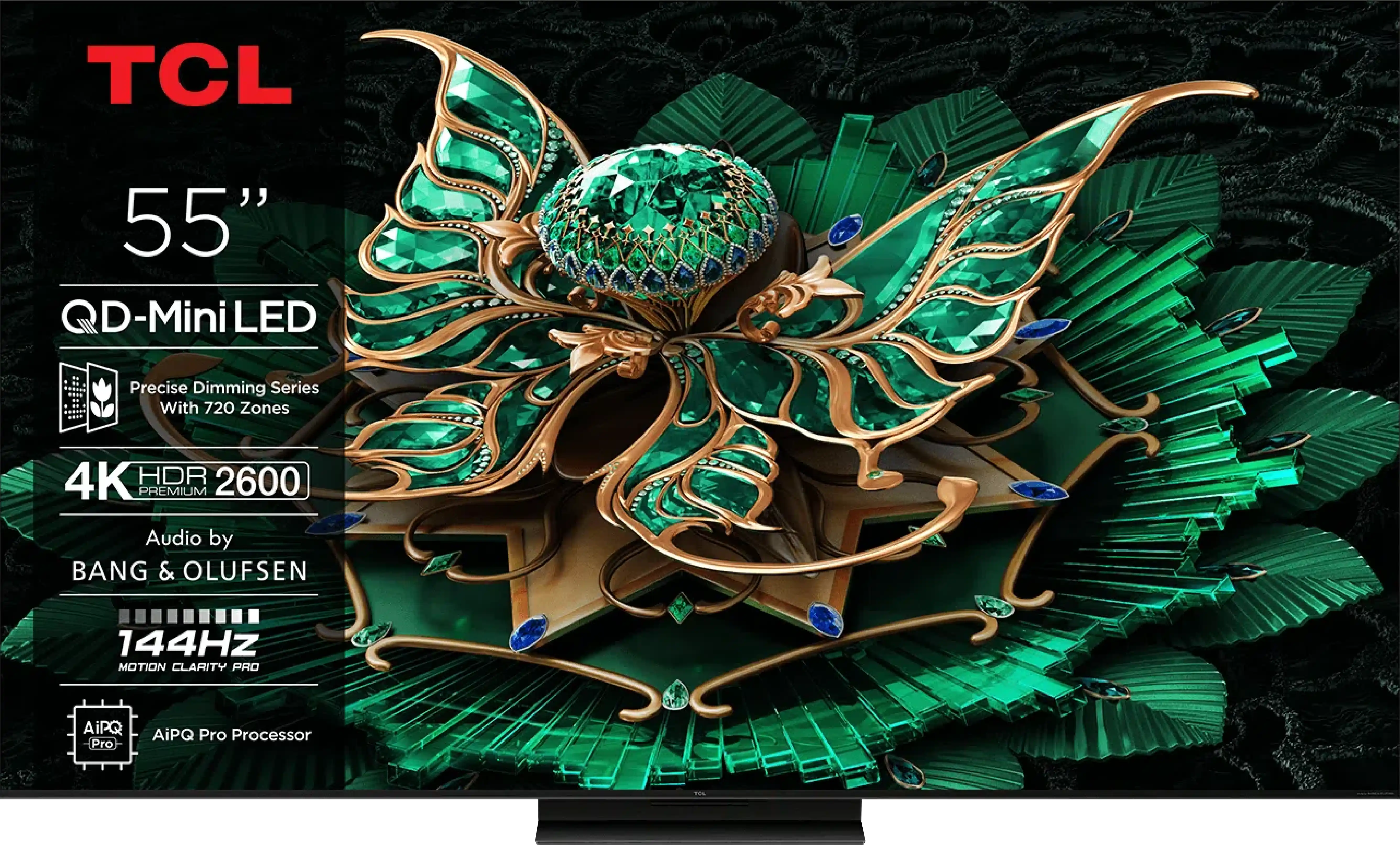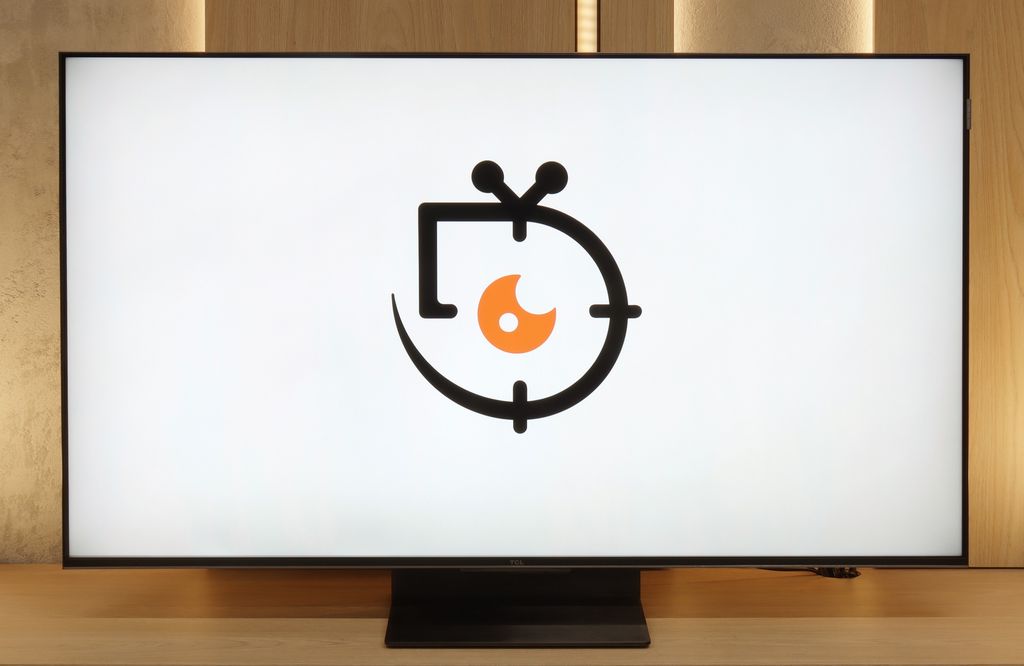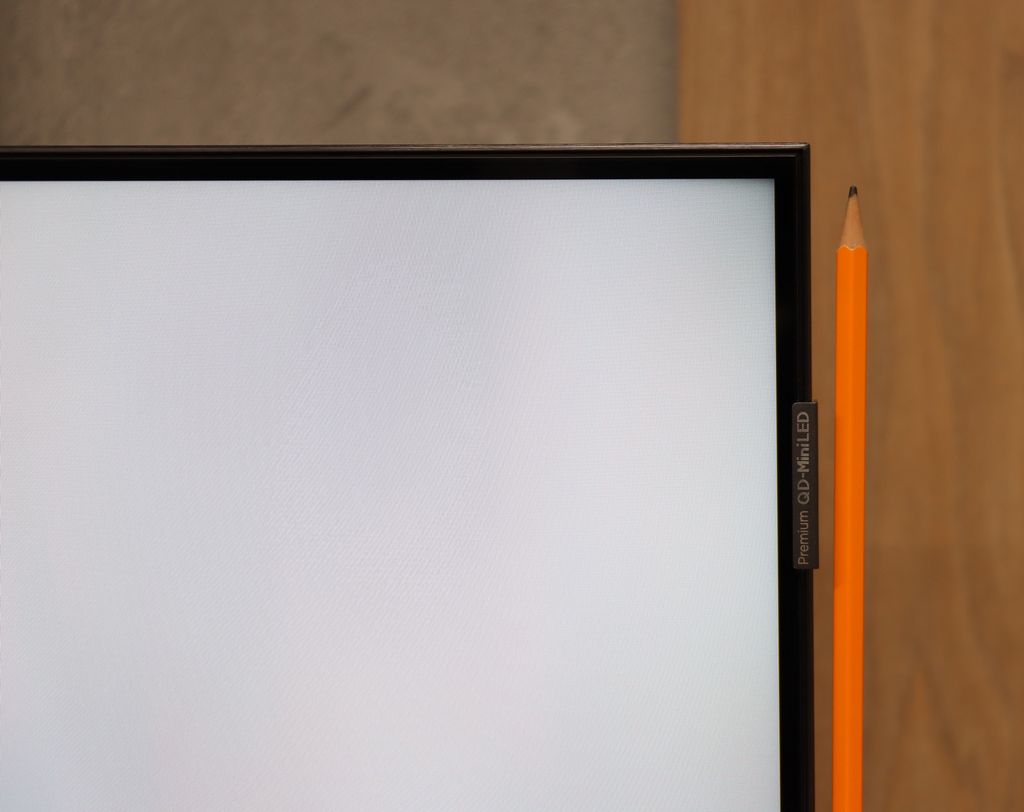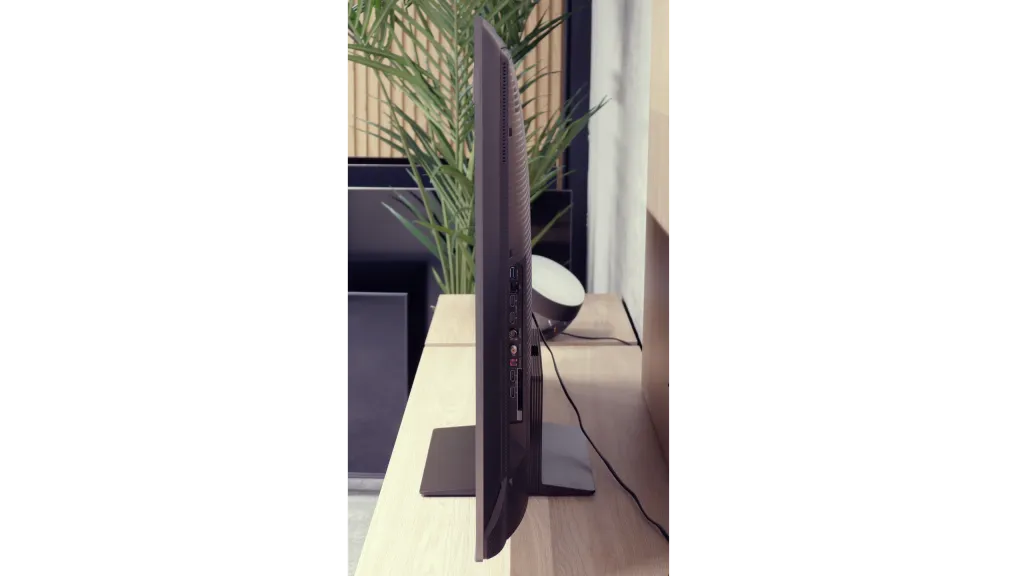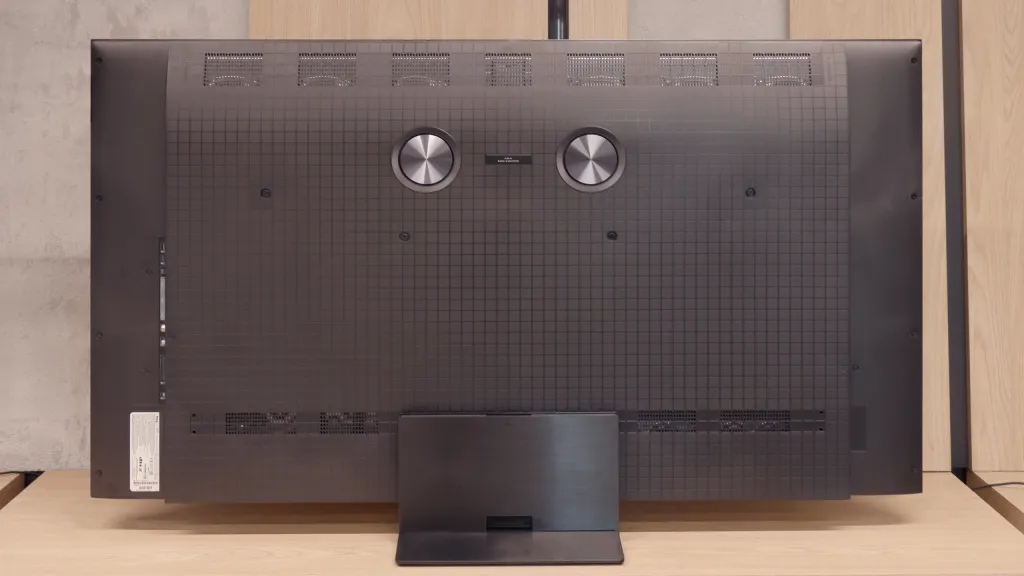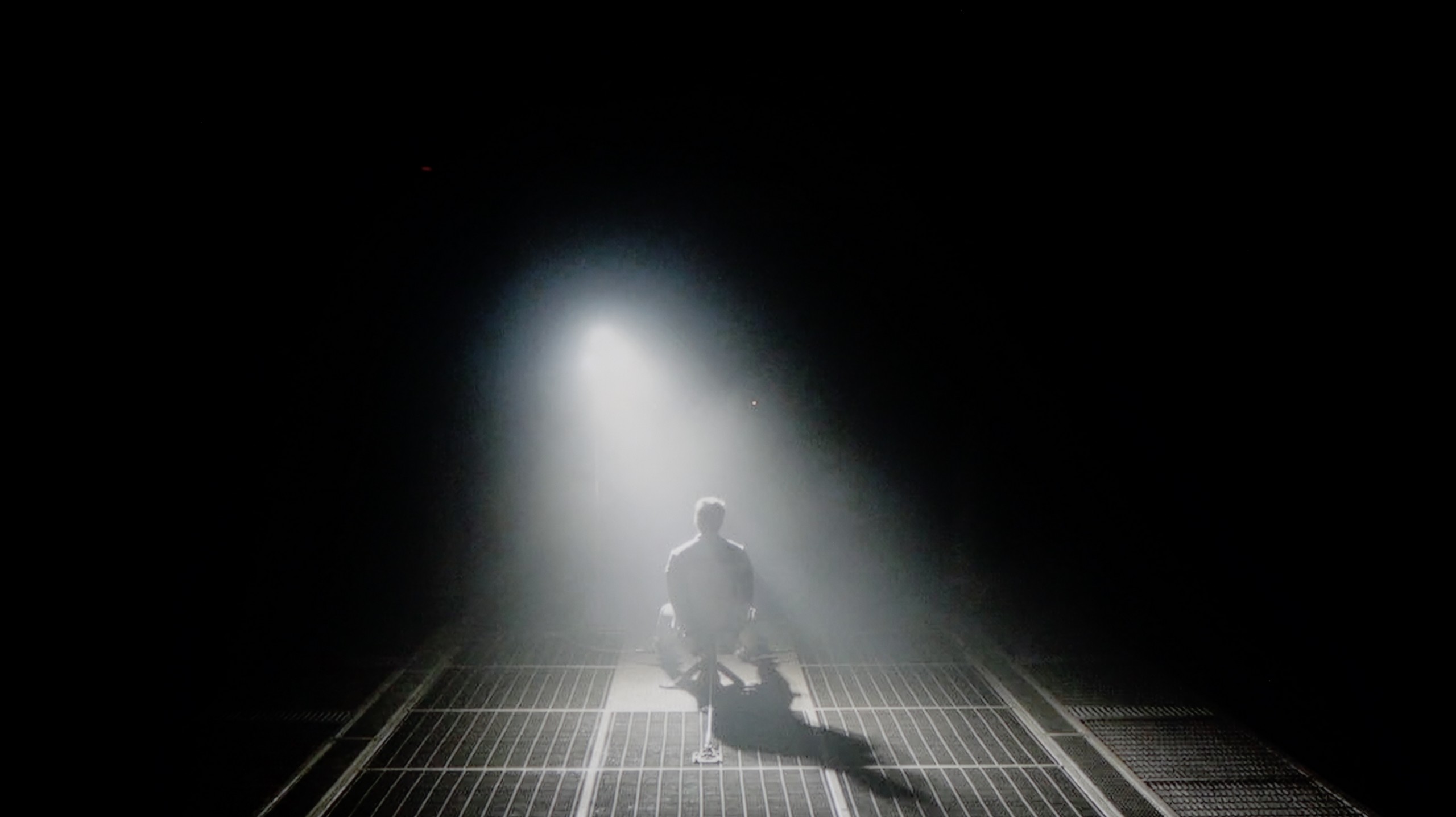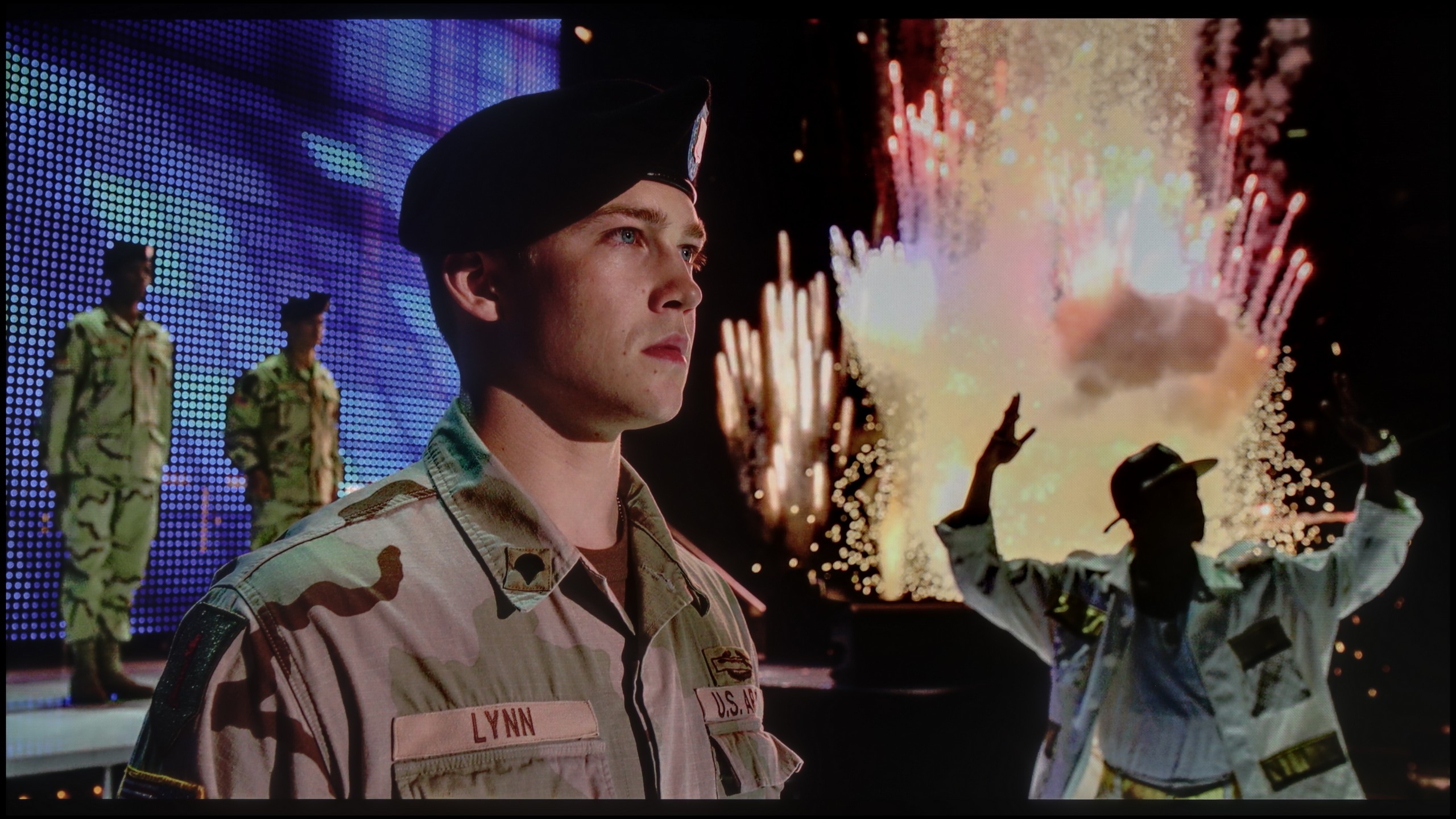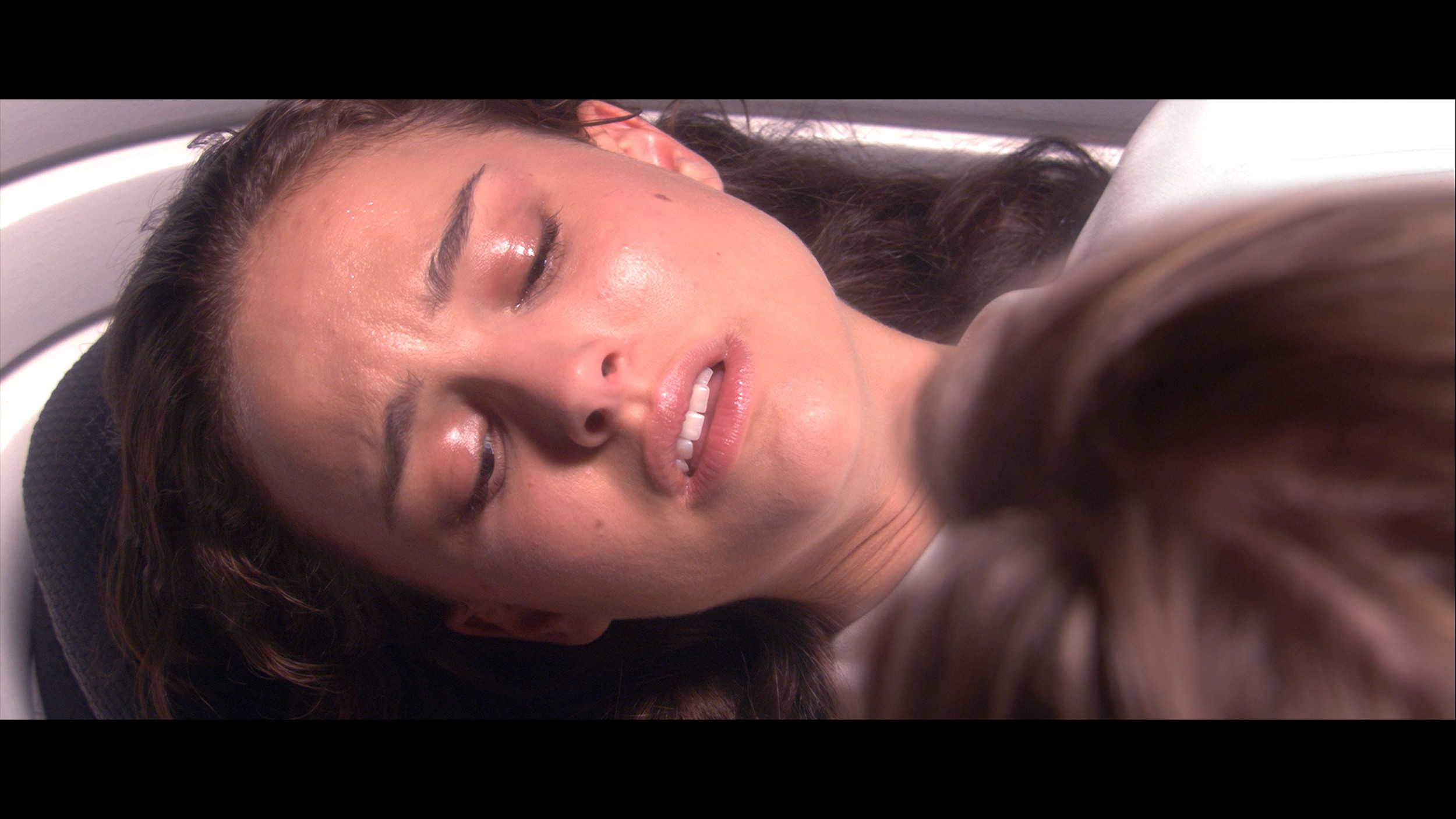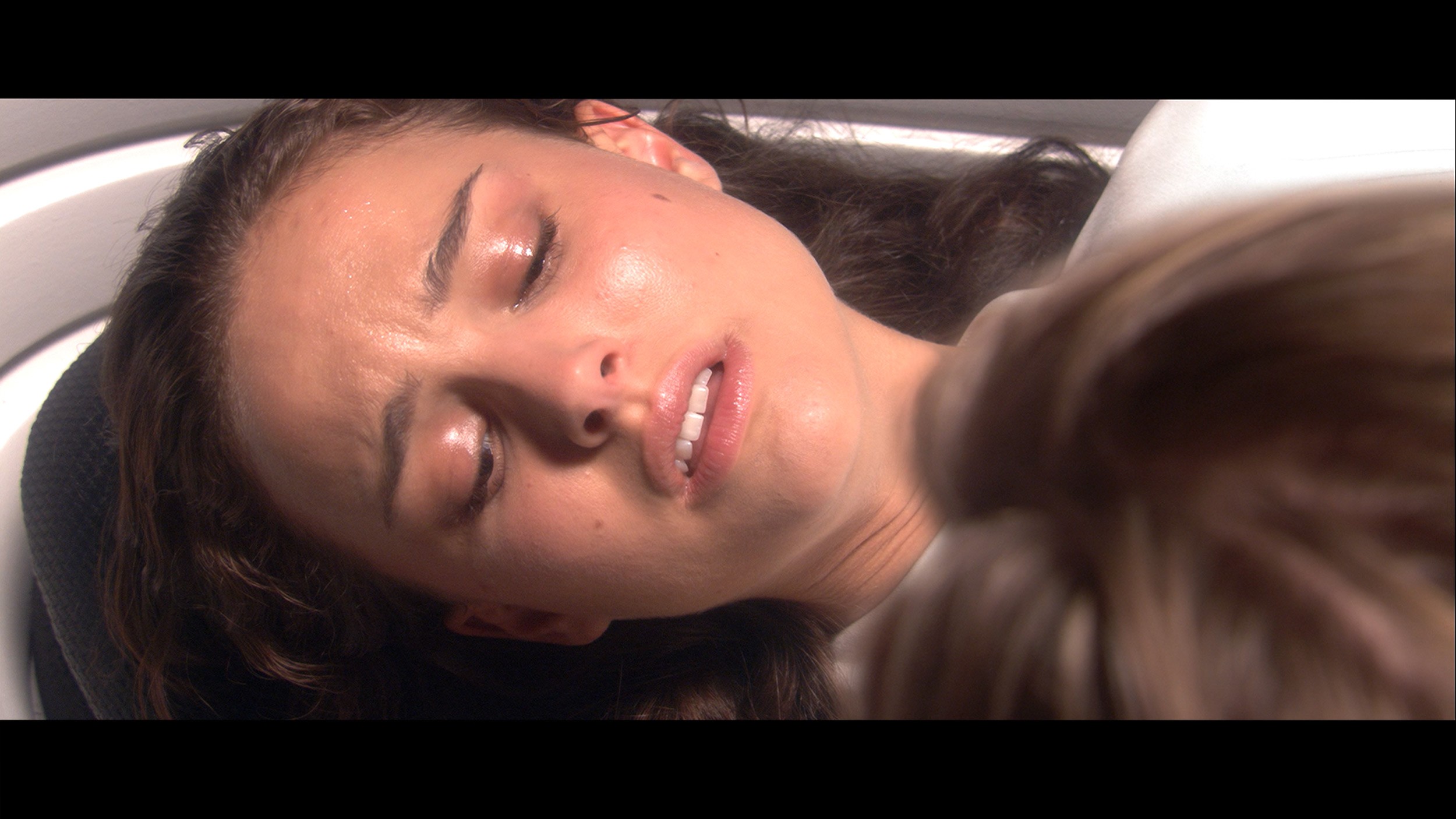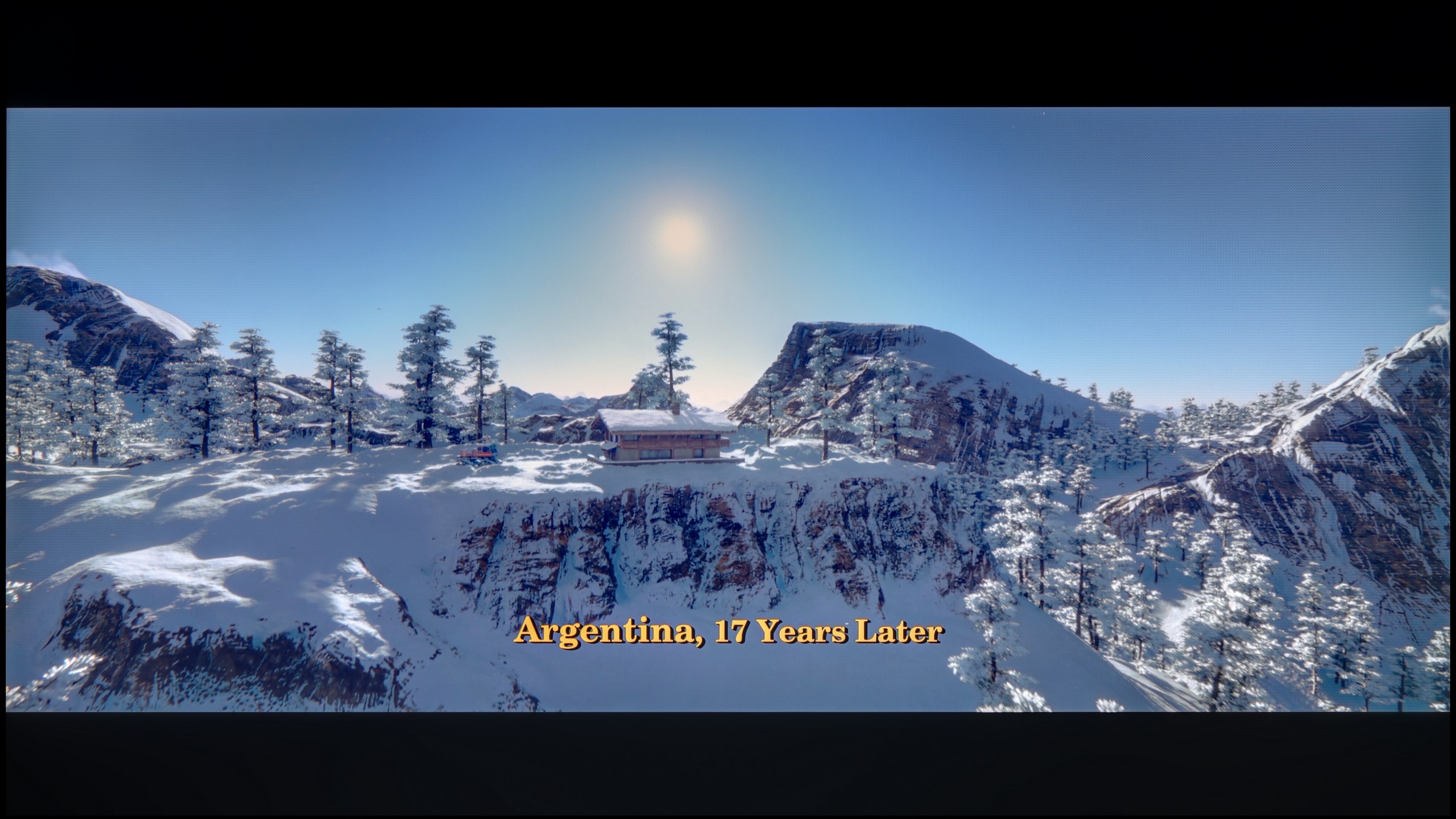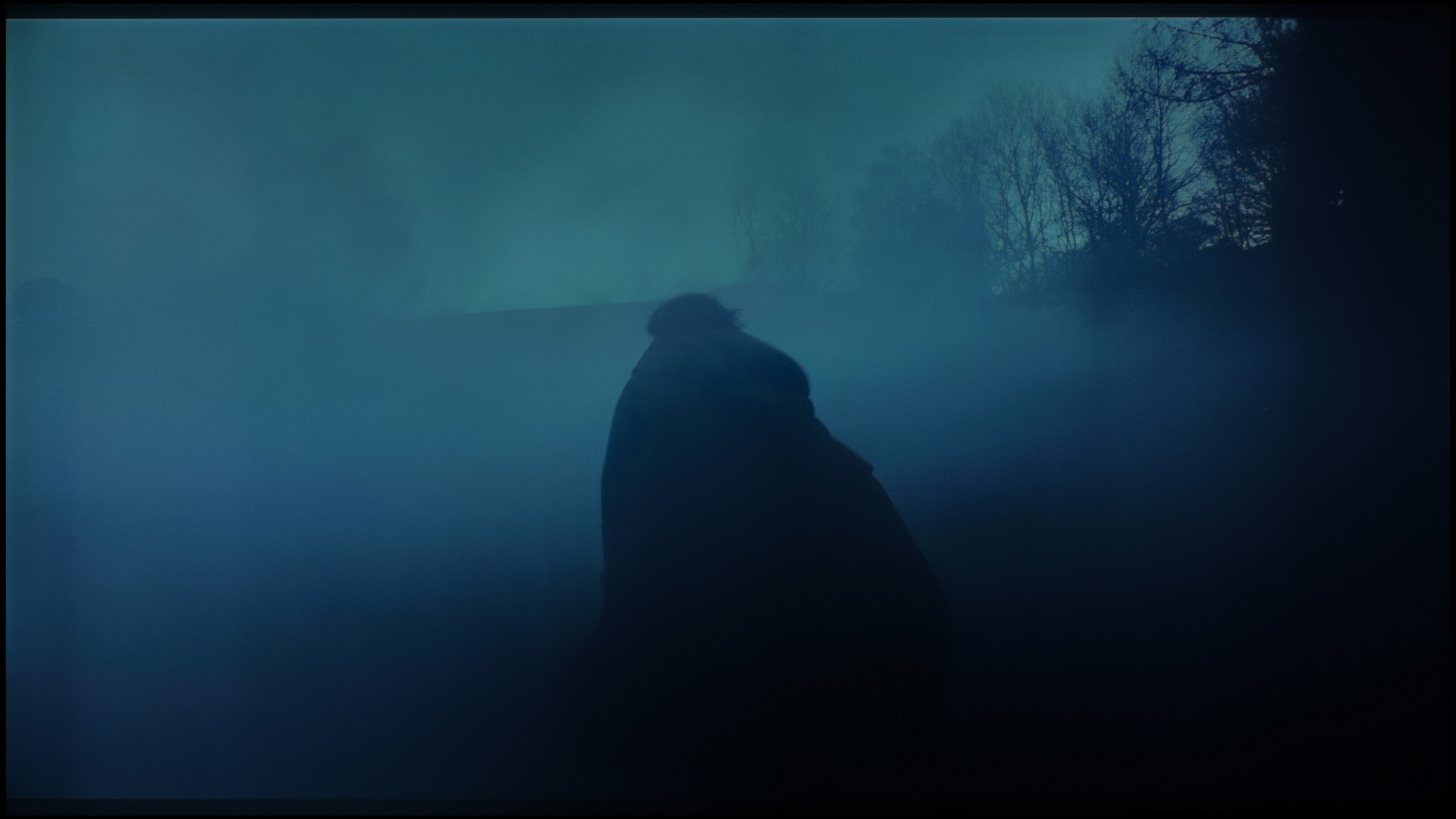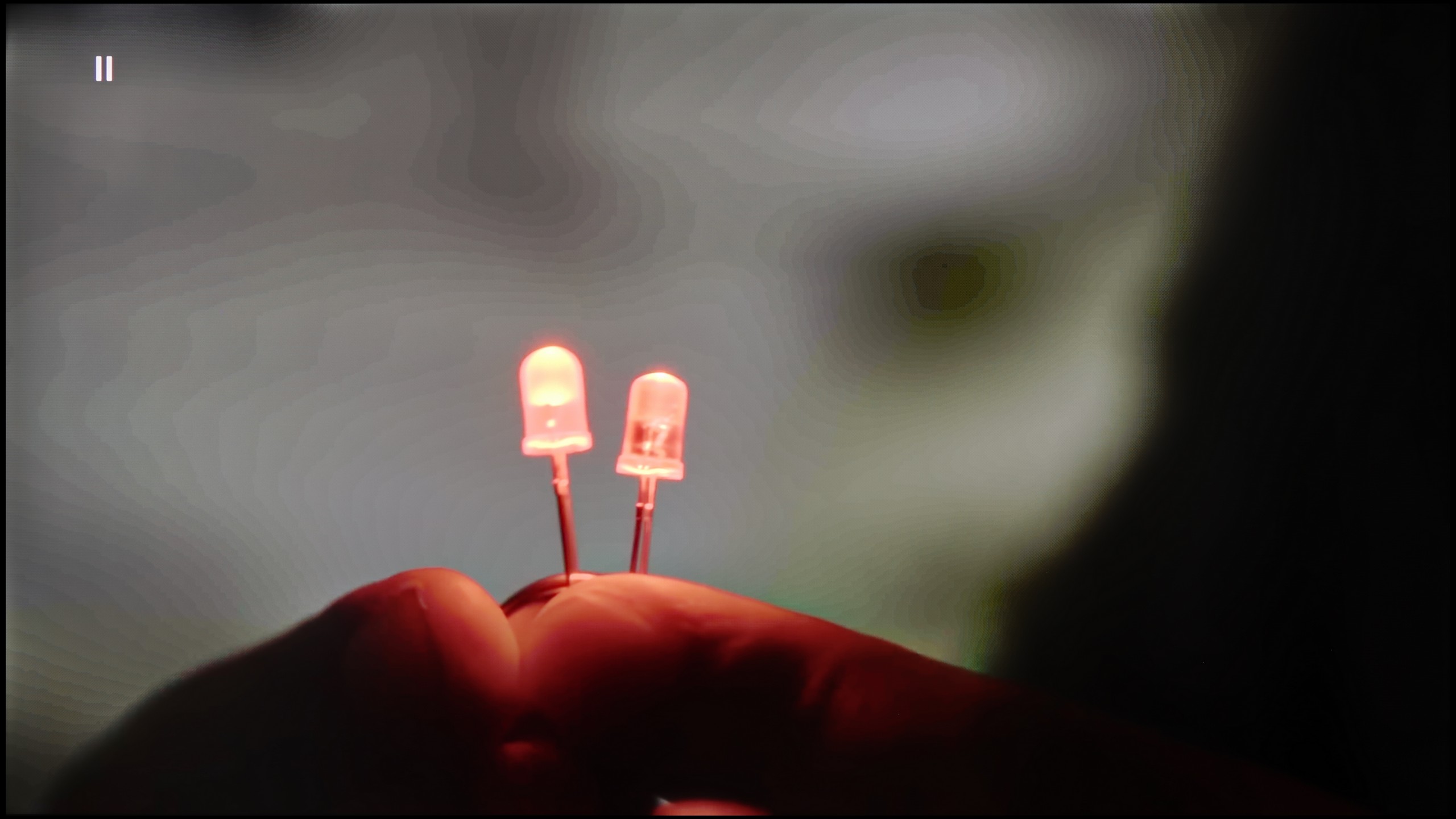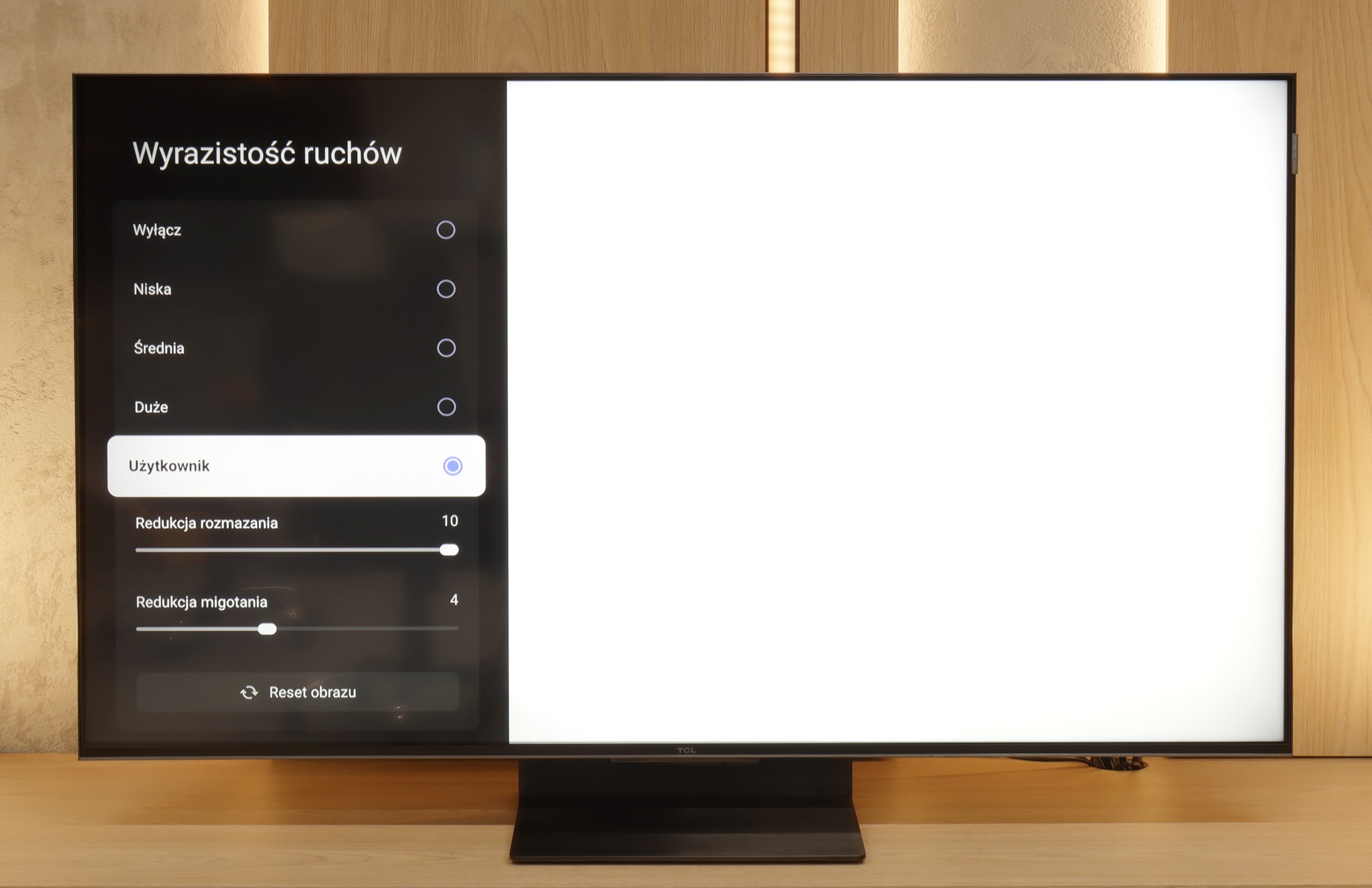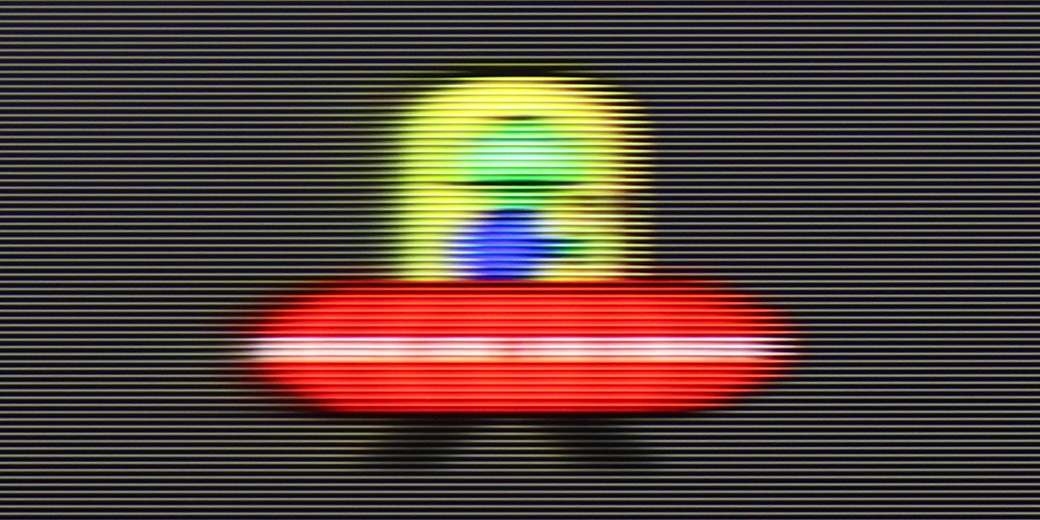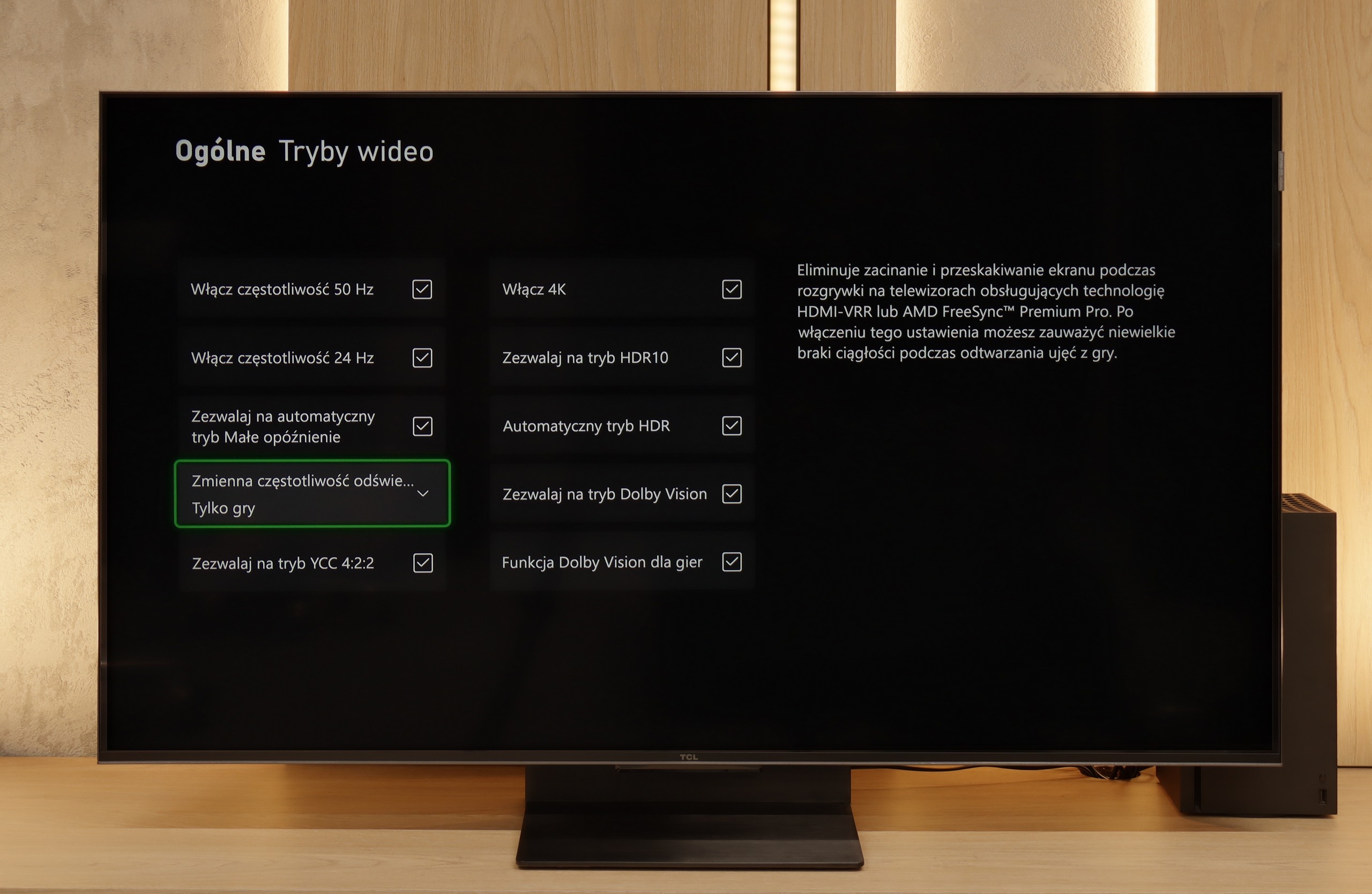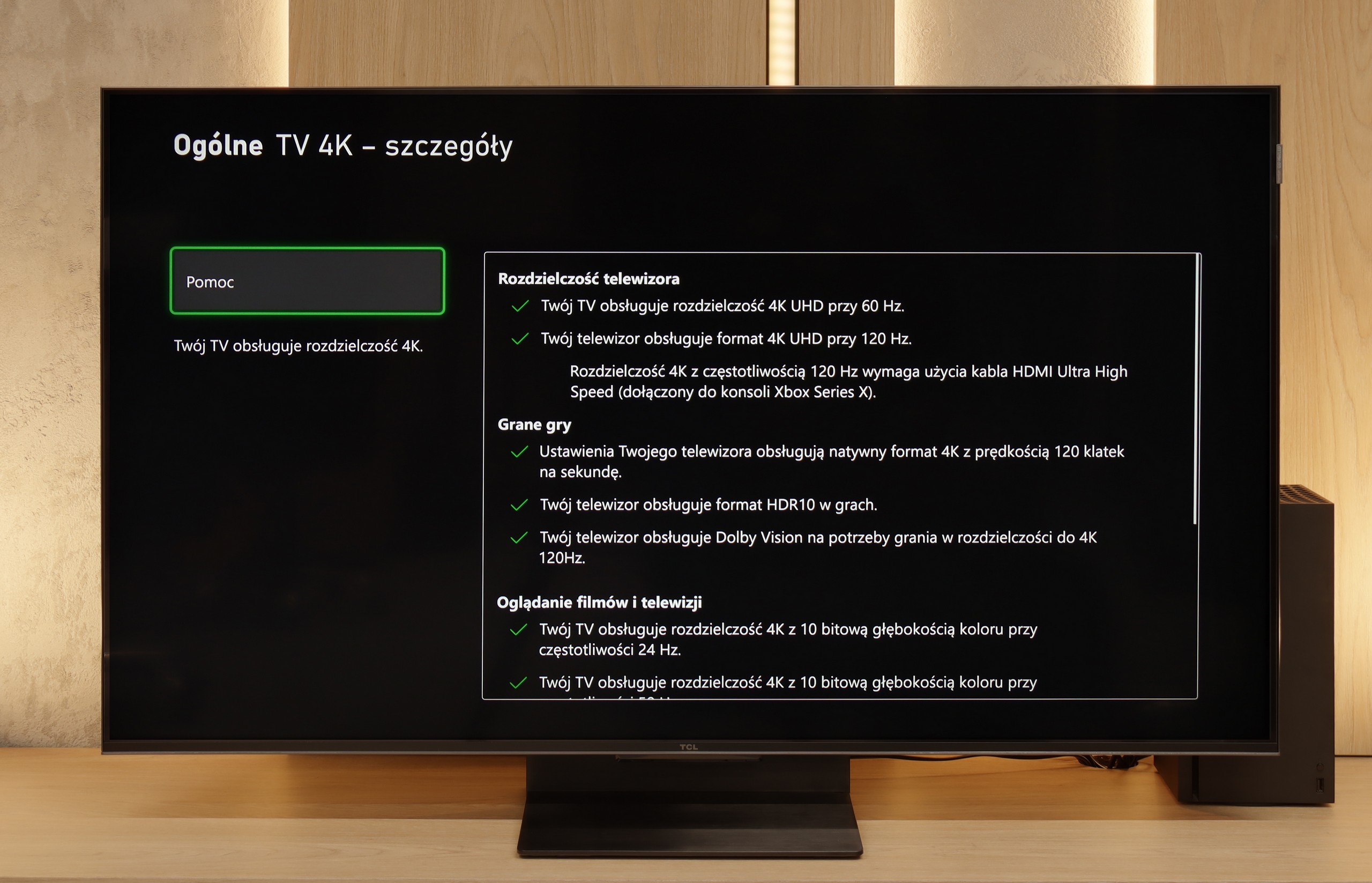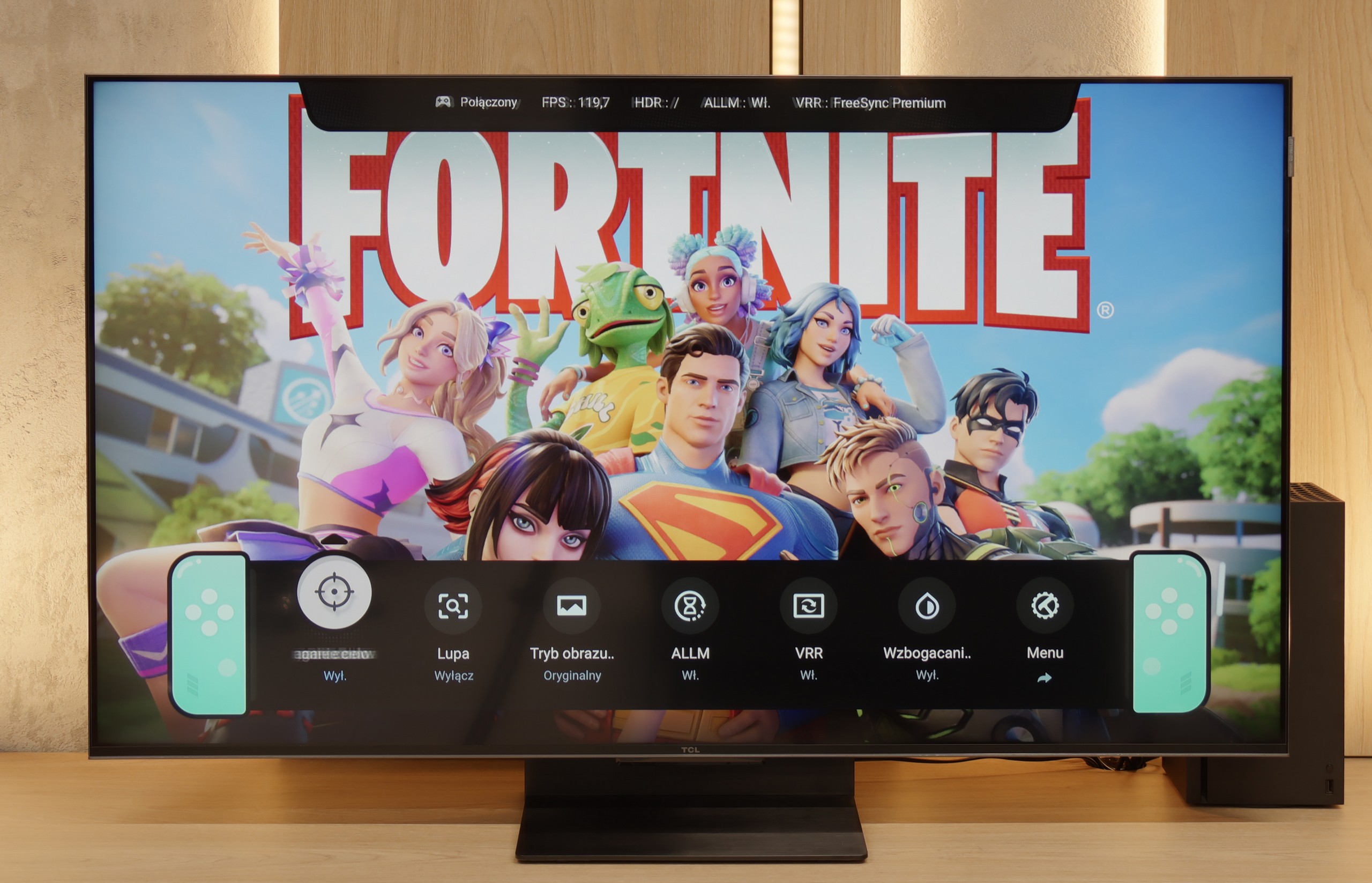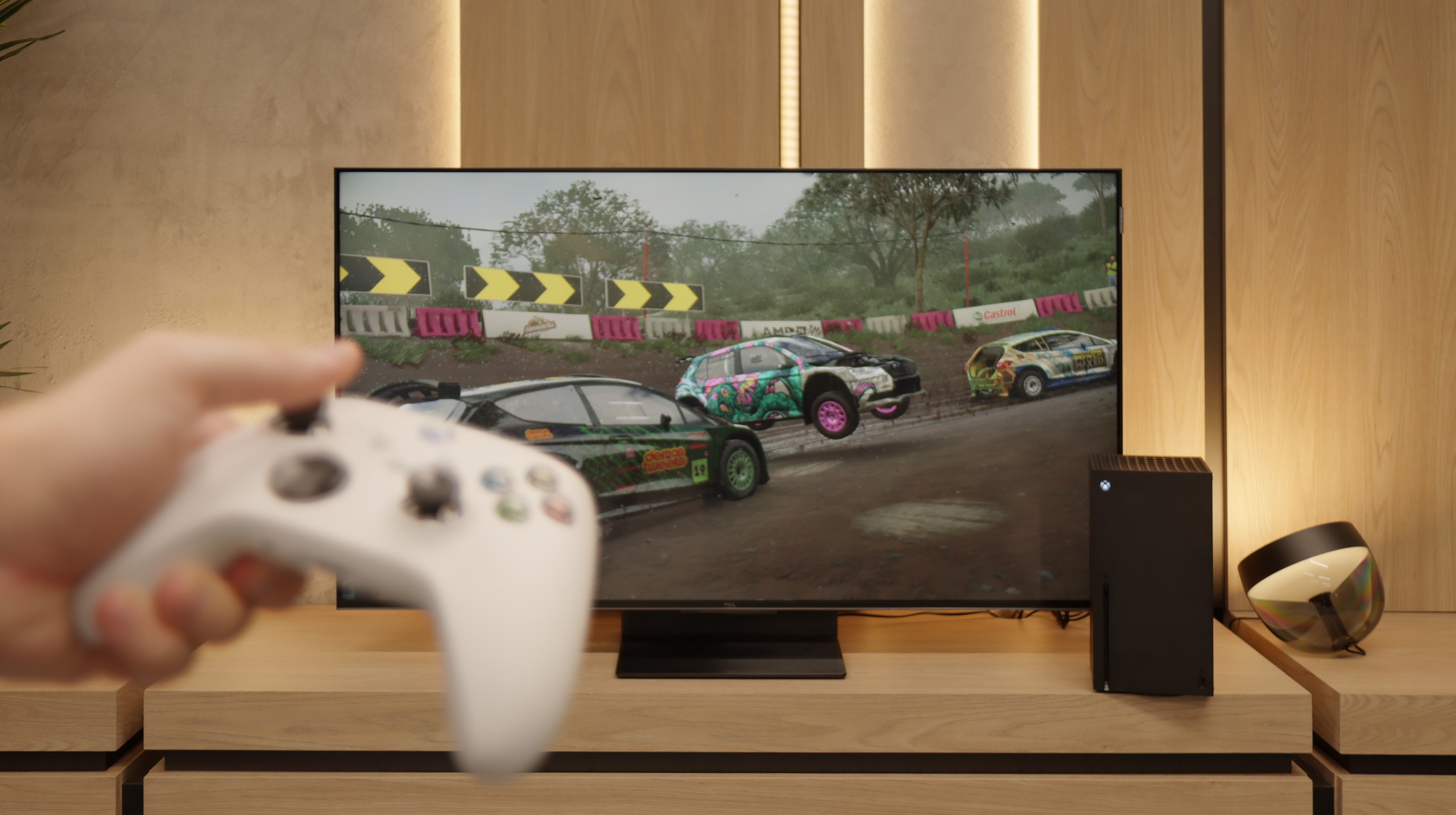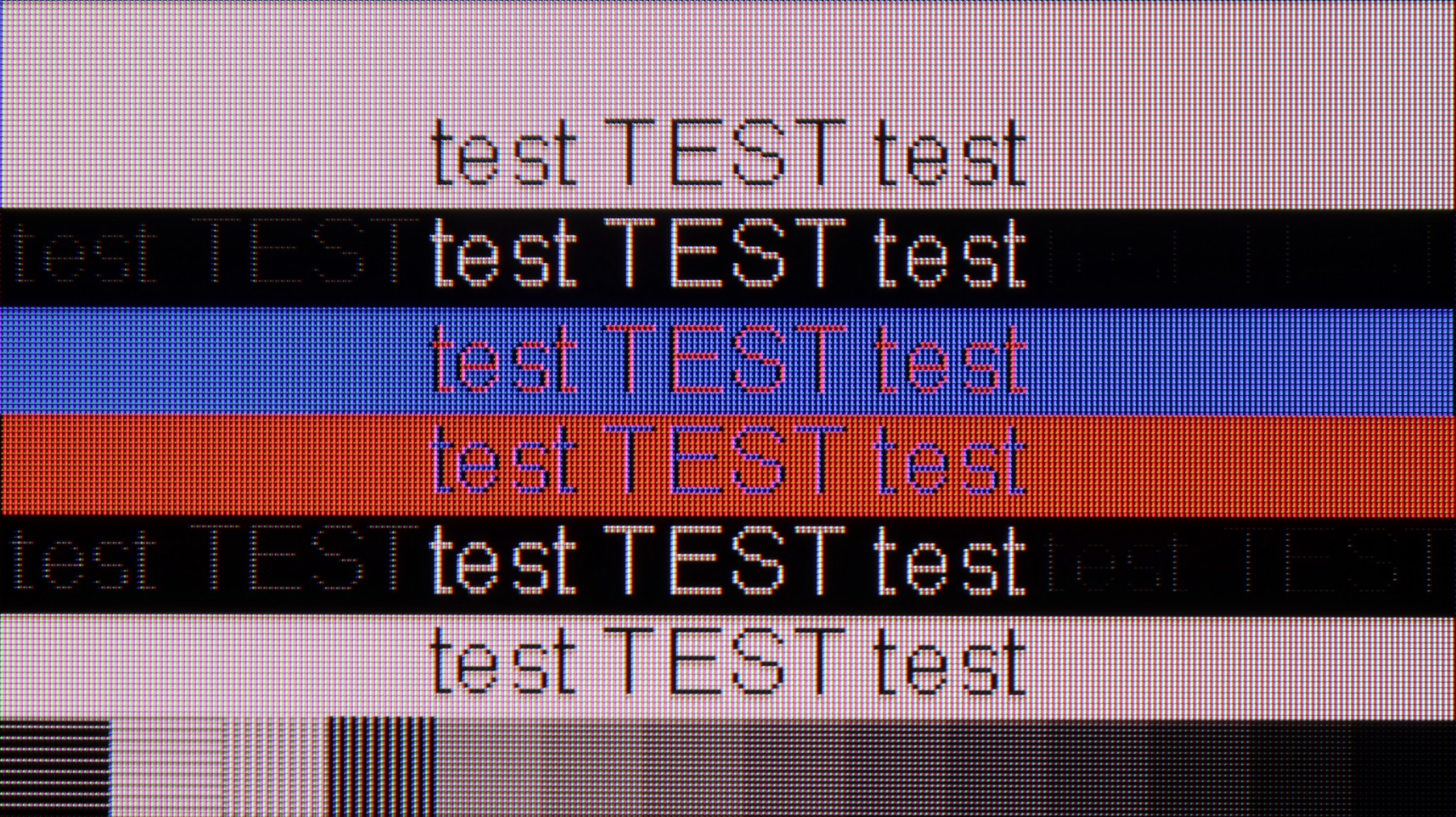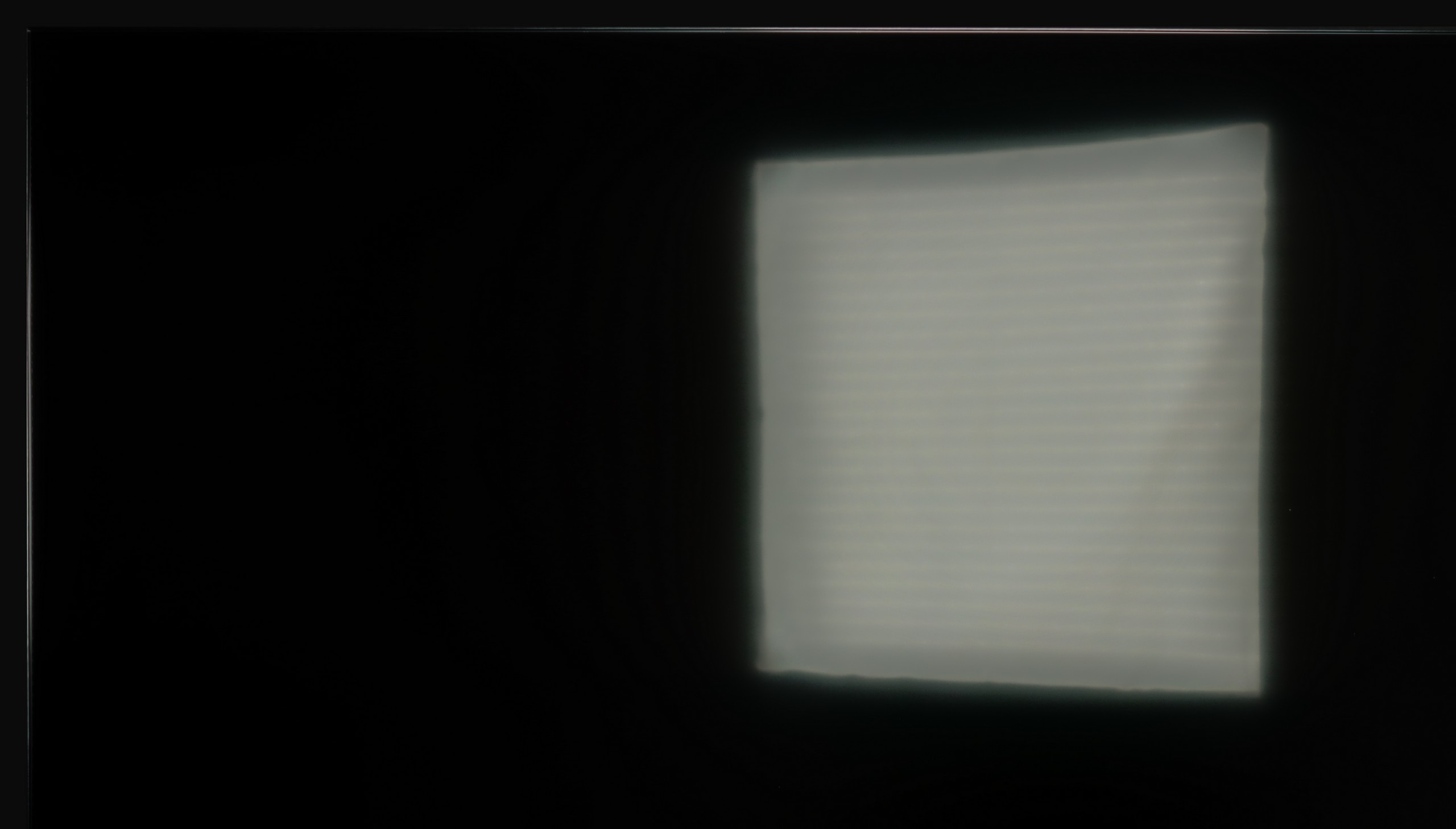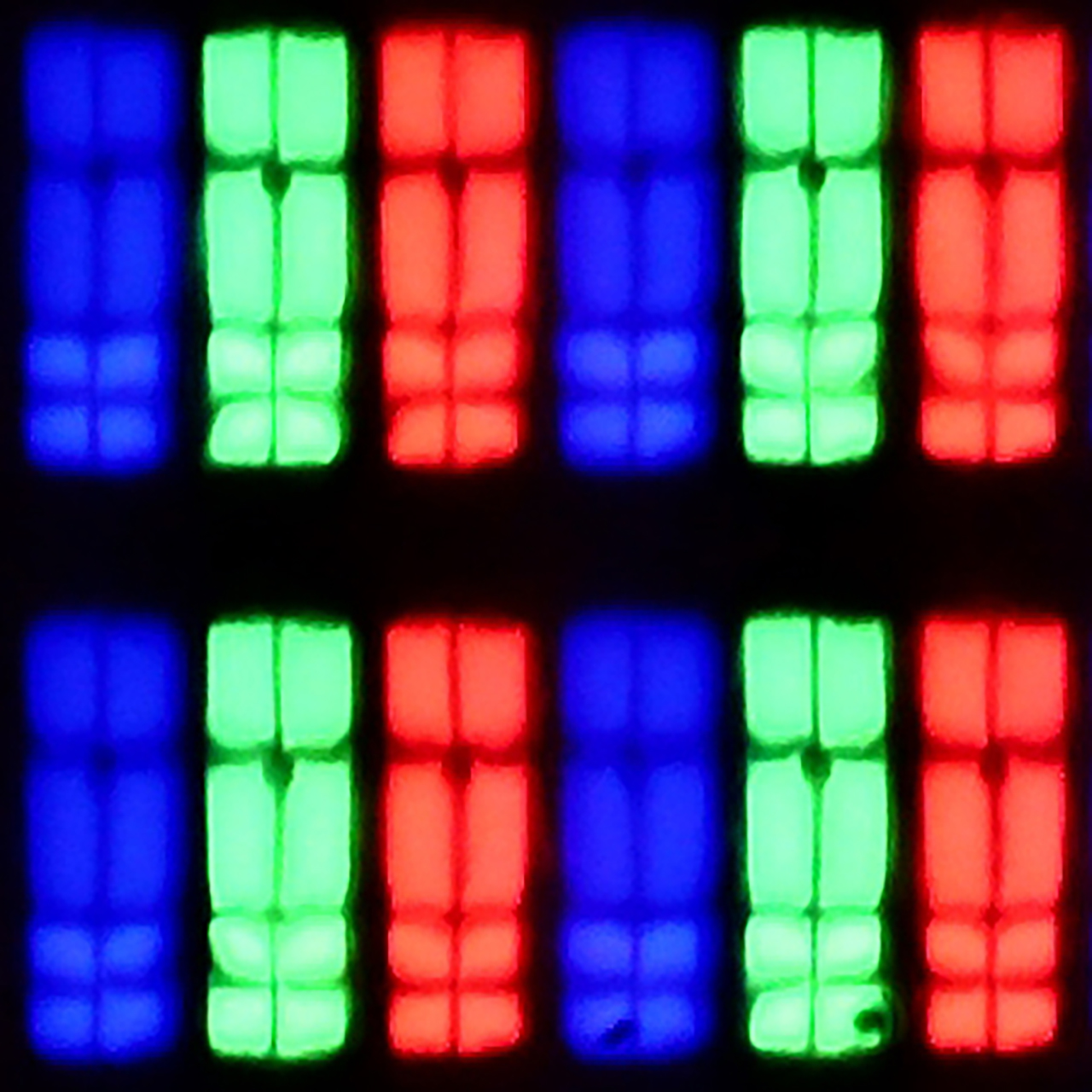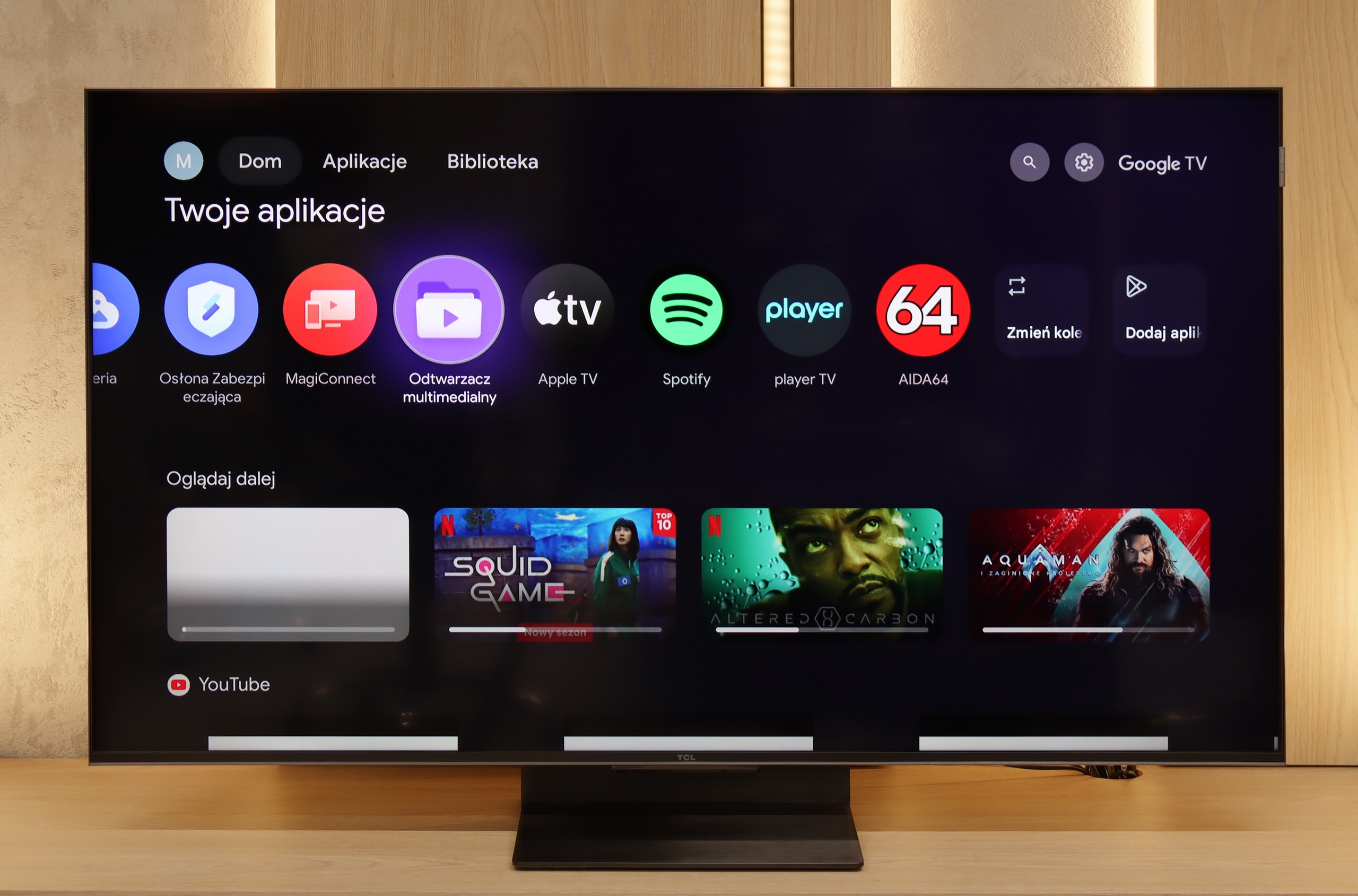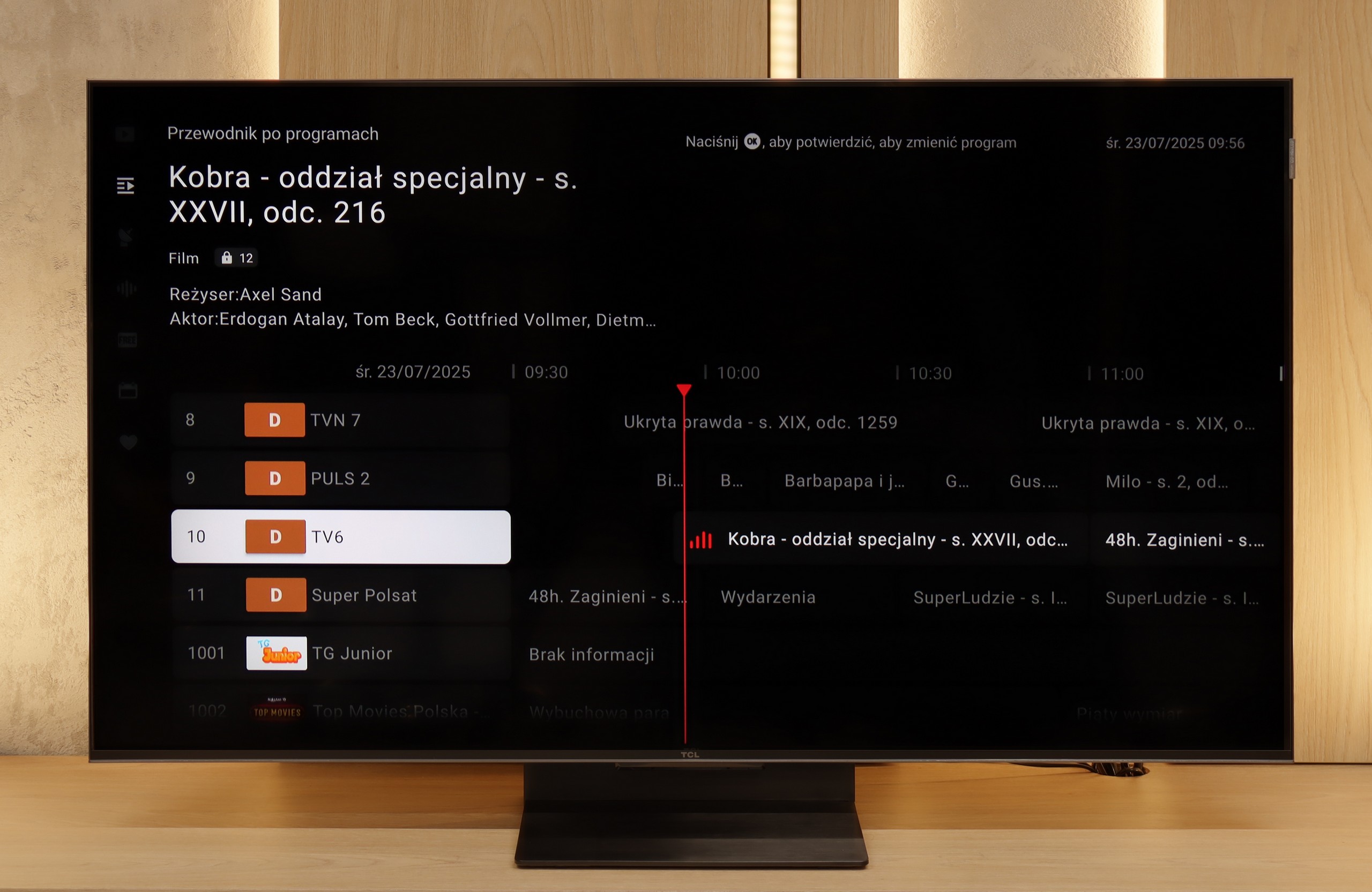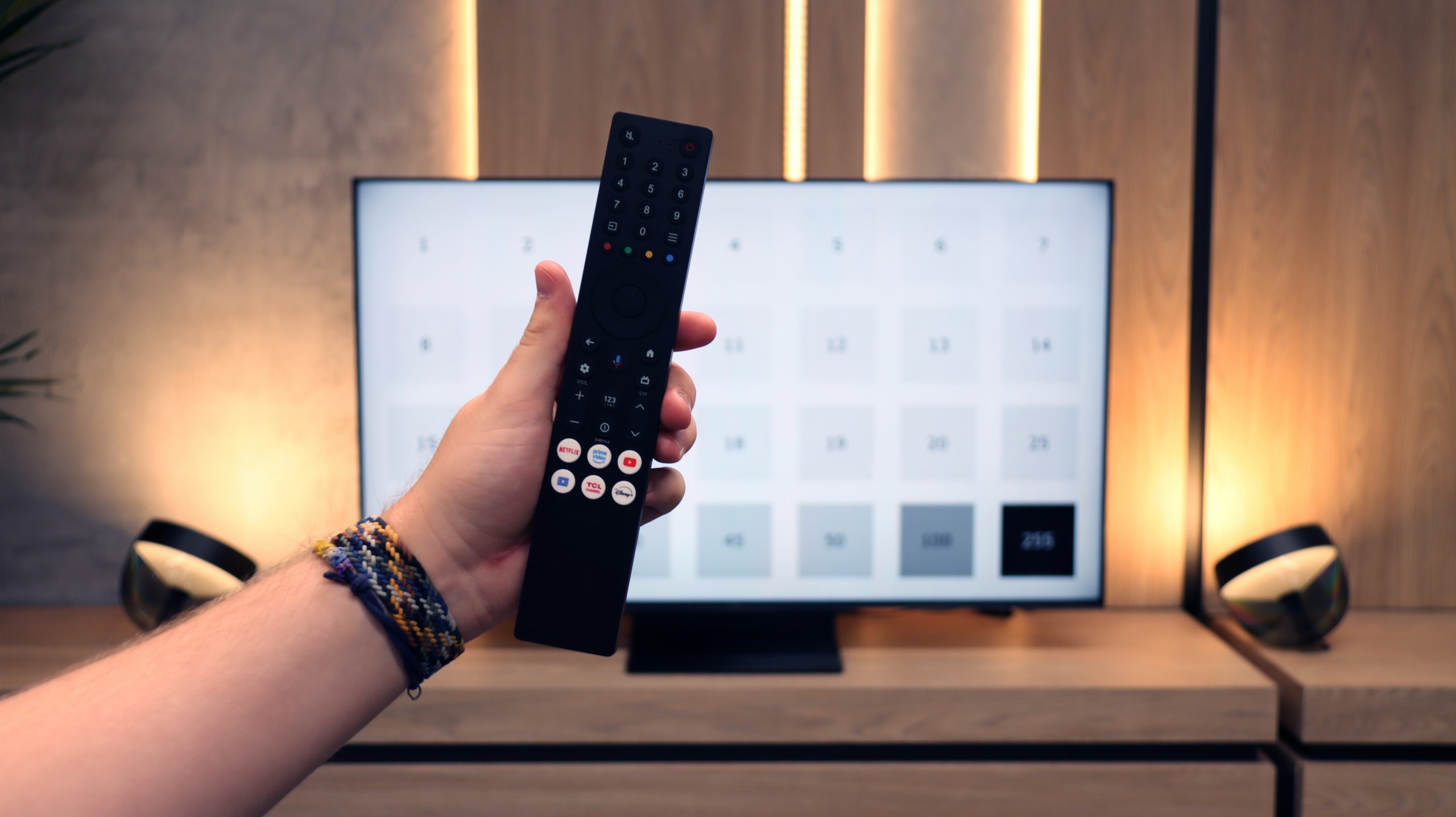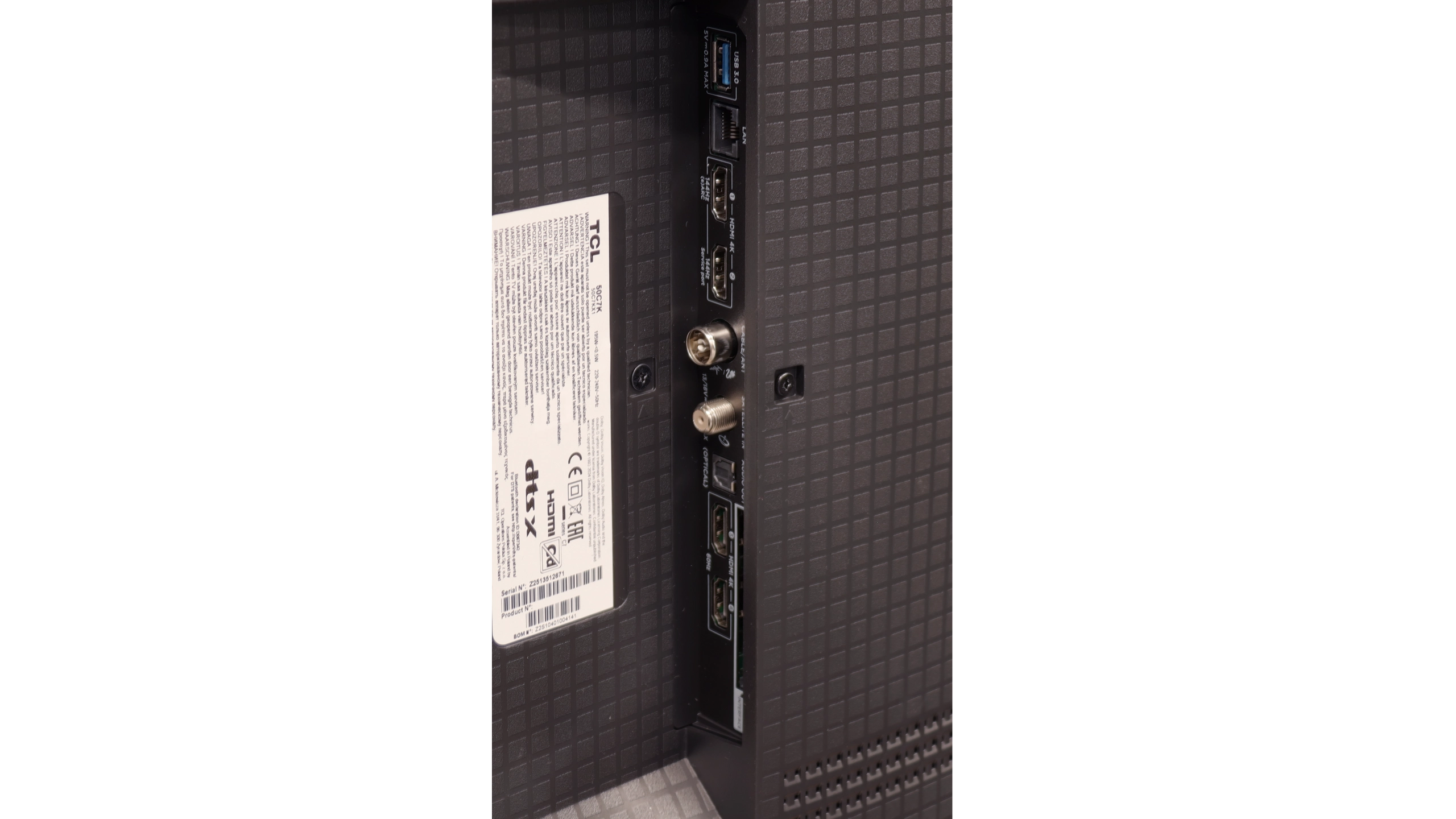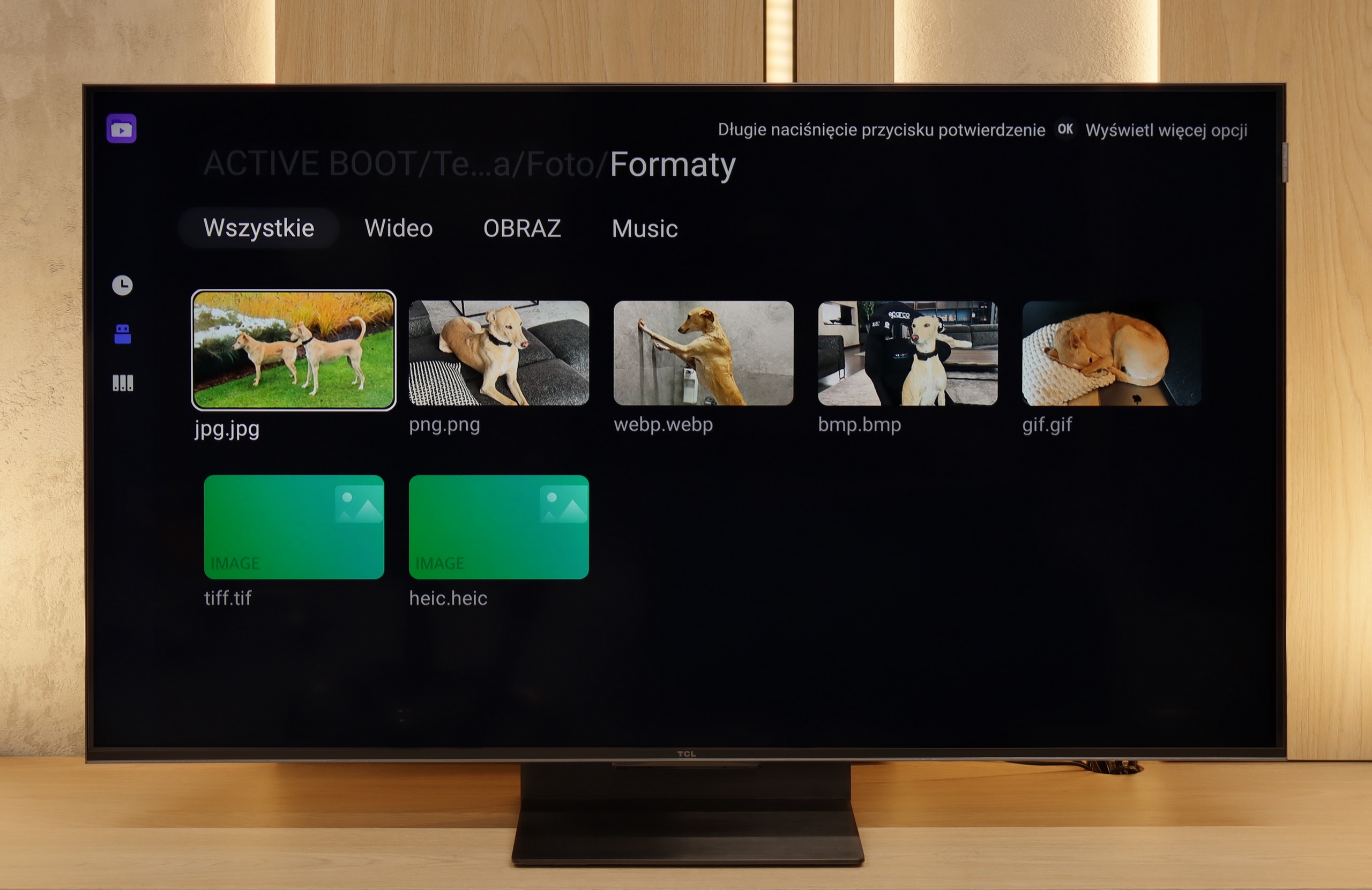The Hisense U7KQ in its 100" variant is a significantly better option than smaller diagonal models. The proprietary VIDAA system offers an interface similar to platforms like Google TV, running quickly and efficiently without freezing or major errors however, the built-in file player occasionally faces operational difficulties. It is worth noting that not all apps were available at the time of review, so checking app compatibility is recommended.
The TV's feature set is extensive, and most tested functions performed as expected. The panel's high brightness is a strong point during daytime use, making it suitable even for heavily sunlit living rooms. In cinematic settings, the VA panel, supported by multiple dimming zones, delivers good blacks. It handles low-quality content, such as SD channels or DVDs, reasonably well, though the absence of a function to reduce posterization (visible colour transitions) is a minor drawback.
The experience improves significantly with 4K HDR movies, where the TV showcases a wide colour palette and strong lighting effects. Dolby Vision and Dolby Atmos support is a bonus, though the built-in speakers are average. Sports fans will appreciate the 120Hz panel with effective motion smoothing, while gamers benefit from low input lag for console gaming. Motion blur is moderate, with only occasional "trails" during fast motion against dark backgrounds.
However, the lack of HGiG mode somewhat reduces HDR game quality, and the absence of a local dimming function in VRR mode limits the usefulness of this feature. Overall, the TV offers good picture quality for its price range, free from major flaws or standout advantages, while its large size remains its most prominent appeal.

